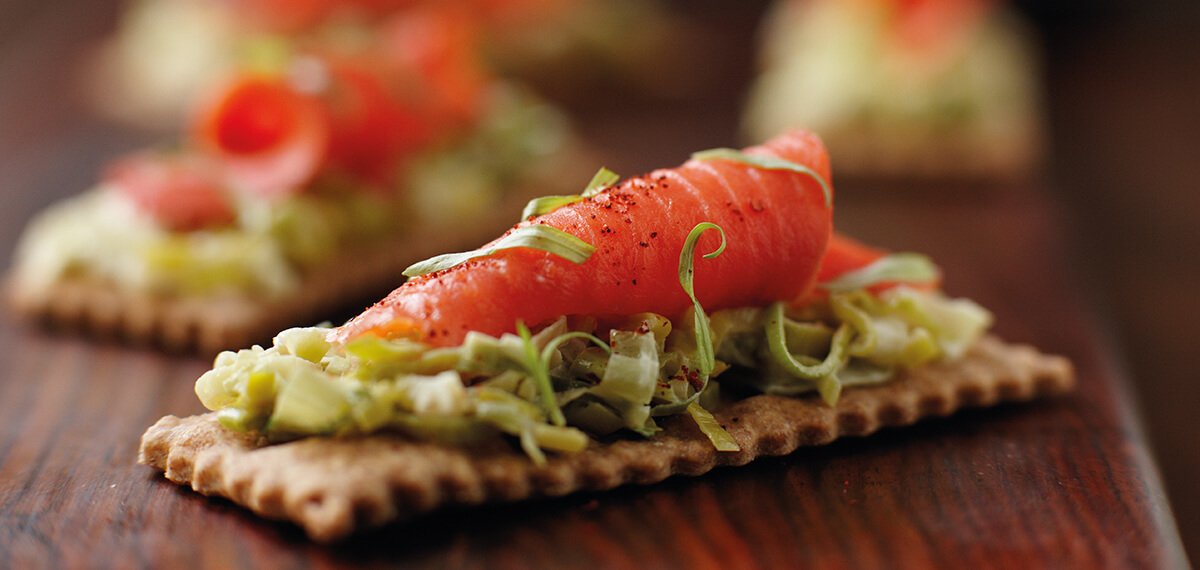Alaska Wild Chum Salmon Caviar, Crodino and Smoked Alaska Wild King Salmon
For more information on ASMI’s campaigns to promote Alaskan seafood, please contact the Southern Europe office, located in Barcelona, Spain, to request media information or artwork.
Alaska Seafood Marketing Institute Regional Representative
C/ Borrell 7 – Local 19 08190 St. Cugat del Vallès (Barcelona) Spain
Tel:+34 93 589 8547<br /> Fax:+34 93 589 7051
E-mail: [email protected]<br /> Web: www.alaskaseafood.org

Since time immemorial, smoking has been used not only to preserve fish, meat and charcuterie, but also to contribute to the flavor of these foods with the unique aroma of smoke from woods such as oak or elm.
Back in remote times, the abundance of seasonal products which exceeded the needs of hunters and fishermen required an application of ingenuity in discovering various ways to preserve these foods.
In the lands of Alaska, where the salmon come to the coast in summer to go up-river to the spawning grounds, the inhabitants – the Inuit, who lived on the Arctic coast from Bristol Bay to Demarcation Point, and the Tlingit people, who established themselves in the southeast, based their sustenance on fishing. The Tlingit – like other North American tribes among whom there was the belief that salmon were the spirits of the waters – considered the salmon as a sacred people living in the ocean and traveling in invisible canoes, and showed their respect for them with songs, prayers and ceremonies. After catching and eating a salmon, for example, the Tlingit threw the bones into the sea so that they would turn into new salmon.
During the salmon fishing season, limited to the summer months, the clans of the Tlingit tribe established their camps next to the fishing grounds. Each clan had its river and the chief of the clan was the owner of the smokehouse. While the men caught salmon with traps or harpoons in the rivers, the women prepared the fish for preservation.
The salmon was left to dry on wooden structures, sheltered from the elements, or in smokehouses. Once smoked, the salmon were stored in shaped wooden boxes and used to complete provisions for the winter. Surplus salmon was used for oil.
In Alaska today, from the banks of the river Kuskokwim to the villages of the Panhandle region, the life cycle of the salmon still marks the rhythm and calendar of the region, as it has done for thousands of years. In the camps of the fishermen and in the smokehouses these traditional methods are still used to keep salmon for the winter.
Today, in Spain, there are now several smokers who have chosen this excellent natural raw material for the production of cold-smoked wild salmon (Iox). With lighter salting and smoking than is used by the natives of Alaska, a smoked product is obtained which is immediately distinguishable by its firm texture, brilliant color and natural profound flavor. Thanks to the work of these craftsmen smokers, more and more chefs and gourmets are rediscovering the forgotten qualities of wild salmon.
This canapé combines the delicate flavor of Alaskan wild smoked salmon with the crisp texture of rye toast and the subtle taste of split pea pâté, complemented by capers and fresh dill.
Sorry, no posts matched your criteria.
